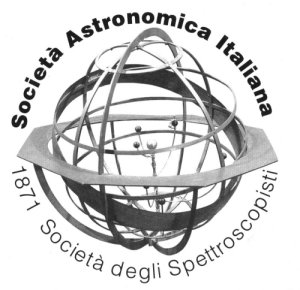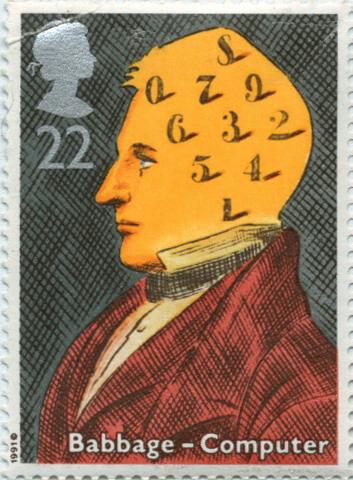
Memorie della Societą Astronomica Italiana
Supplementi - Vol. 1
 |
Memorie della Societą Astronomica Italiana Supplementi - Vol. 1 |
COMPUTATIONAL
ASTROPHYSICS:
METHODS AND TOOLS
![]()
![]()
Osservatorio Astronomico e Dip. di Astronomia
dell'Universitį di Bologna e CINECA
Bologna e Casalecchio di Reno (Bo), Italy, July 4-5, 2002
![]()
![]()
![]()
EDITED BY
![]()
![]()
Roberto Capuzzo Dolcetta
Universitą di Roma La Sapienza
![]()
SPONSORING INSTITUTIONS
CINECA
INAF
Osservatorio Astronomico di Bologna
Universitą degli Studi di Bologna
Universitą degli Studi di Roma La Sapienza ![]()
SCIENTIFIC ORGANIZING COMMITTEE
R. Capuzzo Dolcetta (Chair -
Universitą di Roma La Sapienza)
U. Becciani (INAF, Oss. Astrofis. di
Catania)
A. Ferrari (Co-chair - INAF Consiglio
Direttivo e Universitą di Torino)
C. Gheller (CINECA)
D. Molteni (Universitį di Palermo)
![]()
LOCAL ORGANIZING COMMITTEE
C. Gheller (CINECA)
P. Londrillo (INAF, Oss. Astron. di
Bologna)
P. Miocchi (Universitą di Roma La
Sapienza)
 |
![]()
![]()
![]()
![]()
 |
![]()
![]()
![]()
![]()

In the cover: Commemorative stamp issued in 1991 to the memory of Charles Babbage (1791-1871), as part of the Scientific Achievement series. Babbage is the english mathematician who projected and realized (in the year 1832) the "difference engine", a mchine to compile mathematical tables which was, for any respect, the first example of numerical computer.
In 1856 he conceived the idea of a better machine that could perform not just one mathematical task but any kind of calculation. This was the Analytical Engine (1856), which was intended as a general symbol manipulator, and had some of the characteristics of today's computers. Unfortunately, this machine was never fully realized. Even if little remains of Babbage's prototype computing machines because critical tolerances required by his machines exceeded the level of technology available at the time, Charles Babbage is often referred to as "father of computing."